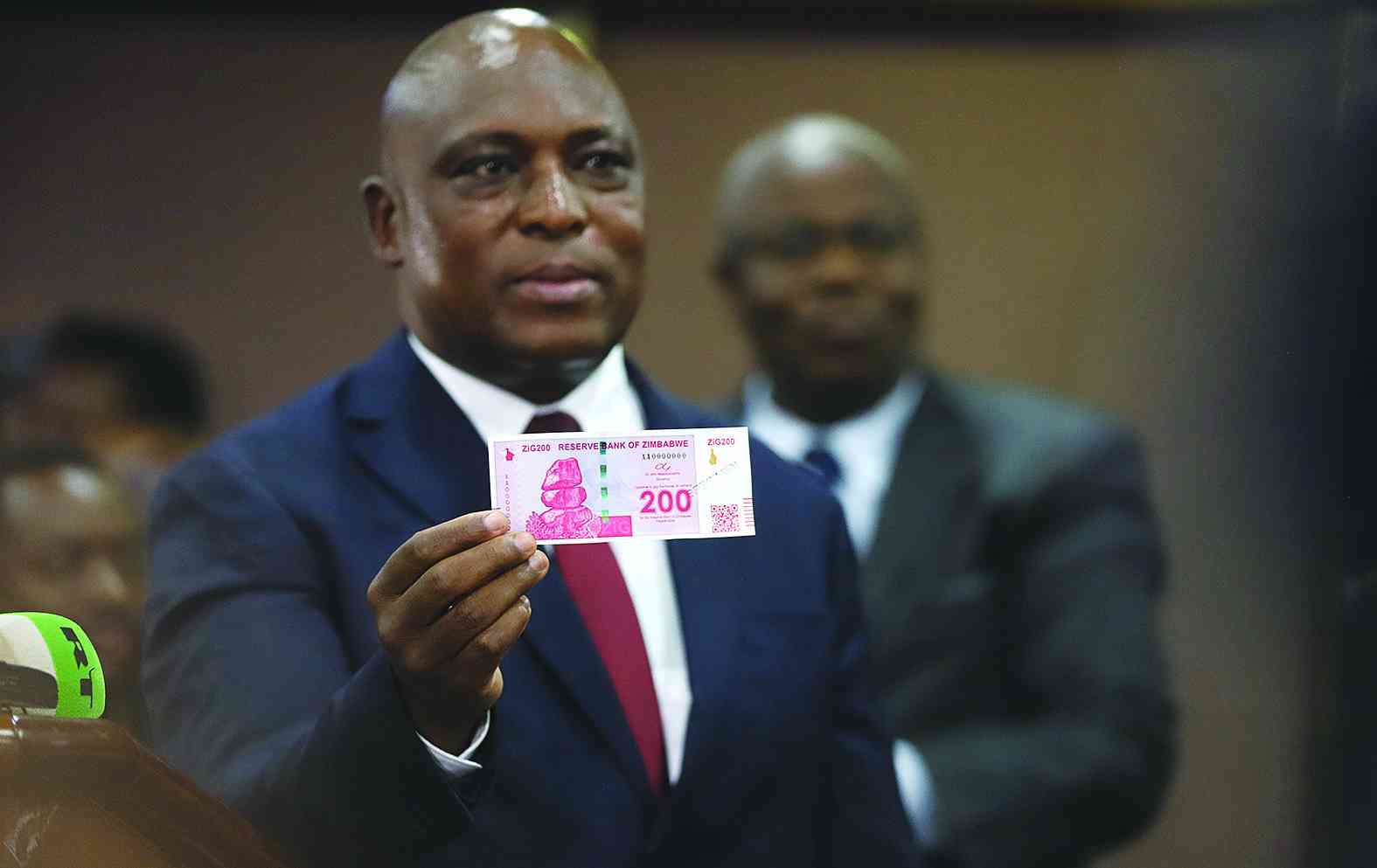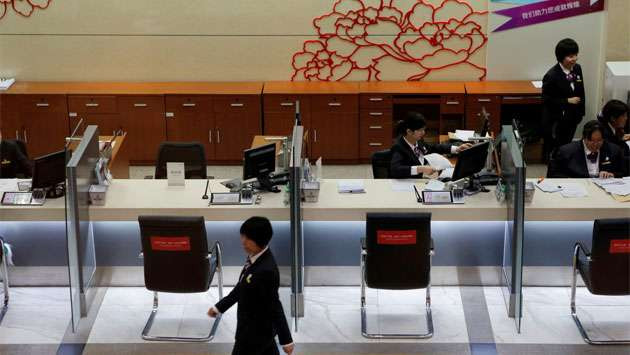
IN the heart of Zimbabwe’s rural expanses, far removed from the bustling streets of Harare, the villagers of Hurungwe navigate daily life with resilience and resourcefulness.
Here, in a community where traditional ways intertwine with the slow creep of modernity, the introduction of the new currency, Zimbabwe Gold (ZiG), has yet to ripple through the population.
It’s early morning and the sun casts a golden hue over the fields, where smallholder farmers till the soil.
The air is filled with the earthy scent of freshly turned earth and the rhythmic sounds of hoeing.
In this serene setting, the concerns of the national economy feel distant. Yet, the implications are profound.
Chipo Mandere, a mother of five and a local farmer, spoke with a mixture of curiosity and confusion when asked about the ZiG currency.
“I’ve heard some talk about it on the radio, but I’ve never seen it,” she said, her hands busy sorting through a basket of groundnuts.
“Here, we are only using the US dollar and barter trade for most things.”
- Rampaging inflation hits Old Mutual . . . giant slips to $9 billion loss after tax
- Monetary measures spur exchange rate stability: RBZ
- Zim deploys IMF windfall to horticulture
- Banker demands $21m from land developer
Keep Reading
The ZiG currency, introduced by the Zimbabwean government in an effort to stabilise the economy and replace the Zimdollars, remains a mystery to many in rural areas.
While urban centres have begun the transition, the dissemination of the new currency to remote regions has been sluggish.
Several factors contribute to this lag. Poor infrastructure, limited banking facilities and a lack of financial literacy programmes hinder the spread of the ZiG currency.
In Mudzimu village, the nearest bank is a three-hour bus ride away, an expense and inconvenience that many cannot afford.
Elderly citizens like 78-year-old Sekuru Joram Chigara expressed deep-seated mistrust of the new currency.
“We’ve seen so many changes with money in this country. Each time, it becomes harder to trust what we’re given. I still remember the hyperinflation days and losing all my savings,” he said.
The reliance on digital transactions and mobile banking, heavily promoted in conjunction with the ZiG currency, also presents a challenge.
Many rural Zimbabweans do not own smartphones and those who do, often struggle with intermittent network coverage and unreliable electricity.
For villagers like Tendai and Emma Kambuyi, who run a small general store, cash remains king.
“ZiG is still alien here. Mobile money is good, but what happens when there’s no network?” Tendai asked, gesturing towards the old solar panel precariously perched on their roof.
“Sometimes, it’s days before we can get a signal strong enough to process payments,” he added.
Headman Jeremiah Maringapasi said the whole village had not seen the new currency.
“We heard about it, but it has not reached us yet,” he said.
The government has acknowledged these hurdles and has promised targeted efforts to ensure rural areas are not left behind.
It has engaged Zanu PF leaders and war veterans to support the use of the new currency as it pulls out all stops to stem the sabotage of the local currency.
Zanu PF is running its parallel currency campaign after the government also announced that it was launching awareness campaigns early this month.
The ruling party has dispatched its senior officials, including members of the politburo and central committee, who are leading campaigns in their respective provinces to convince people to accept the new currency.
The Reserve Bank of Zimbabwe (RBZ) has also partnered the Information, Publicity and Broadcasting Services ministry to conduct joint awareness campaigns on the currency, supported by other key stakeholders.
RBZ governor John Mushayavanhu recently said the central bank had issued enough notes and coins, but noted an apparent breakdown in the cash transmission mechanism as evidenced by the low level of ZiG coins withdrawals from commercial banks.
In the meantime, communities in remote rural areas continue to adapt in their own ways.
The local market bustles with activity, as farmers and traders engage in lively bartering — exchanging maize for soap, or vegetables for school supplies.
It’s a system rooted in trust and mutual dependence, one that has sustained them through economic turmoil before.
As the day winds down, Chipo reflects on the future. “We’ll accept the ZiG currency when it comes, just like we have with everything else. But for now, we’ll keep doing what we know best.”











